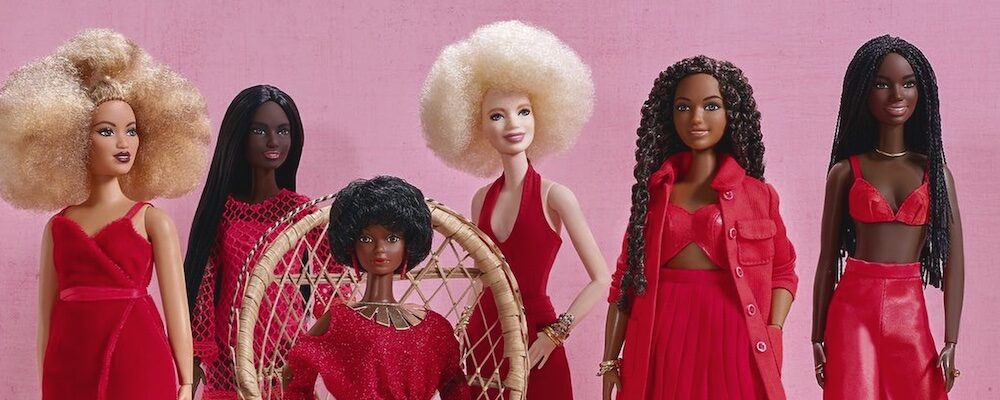Shonda Rhimes’ ‘Black Barbie: A Documentary’ Proves That Sometimes a Doll Is More Than Just a Doll
Sandra Miska
Most girls (and some boys) have played with a Barbie at some point during their childhood, but many have taken for granted that they had dolls that looked like them. Black Barbie did not come onto the scene until 1980, 21 years after Mattel debuted the original Barbie. Now, the Shonda Rhimes-produced “Black Barbie: A Documentary” traces the evolution of the trailblazing doll, as well as her immediate impact and lasting legacy. This documentary not only features Rhimes, but also the likes of ballerina Misty Copeland, Rep. Maxine Waters, Olympian Ibtihaj Muhammad, Oscar nominee Gabourey Sidibe, as well as other Black women whom you might now know but definitely should.
From the start, filmmaker Lagueria Davis states that she never was a fan of dolls. However, she found inspiration in the expansive collection of her great-aunt Beulah Mae Mitchell. Mitchell is no ordinary doll collector, but a former longtime Mattel employee who witnessed the births of both the original and Black Barbies. Mitchell’s story is incredibly fascinating, as she started working on the factory floor at age 17 and retired from an office position 45 years later. She struck up a friendly relationship with Barbie creator Ruth Handler and was there when she developed this “doll with breasts.” She recounts how Handler was receptive when Mitchell and other colleagues suggested making a Black Barbie, but the result was a few Barbie sidekick Black dolls. While they had darker skin, they lacked Black features and textured hair.
A turning point for Mattel was the hiring of their first Black designer in 1976, Kitty Black Perkins. By that time, Mitchell had moved up to the corporate office, and the two women became friends. Just four years later, Black Perkins’ Black Barbie debuted, but she was just more than a doll with Black features and hair. She was a main character, and the designer found inspiration in strong women like Diana Ross. Mattel goes on to put out other Black dolls and hire other Black designers, including Stacey McBride-Irby, who becomes a protégé of Black Perkins.’ These two designers, along with Mitchell, are the heart of the documentary. Being different ages, they may have different perspectives and life experiences, but what they have in common is this great desire for Black girls to be able to see themselves in dolls, which are not just playthings, but also representations of beauty and aspirations.
Davis does an excellent job of giving historical context, specifically how dolls played a role in the civil rights movement. She shows clips of the infamous “doll tests” conducted by Doctors Kenneth and Mamie Clark that played a role in the Supreme Court’s landmark Brown v. Board of Education decision. The doc also spotlights Shindana Toys, a Los Angeles-based company born out of the Watts Riots that produced some of the first realistic-looking Black dolls.
The illuminating third act of “Black Barbie” focuses on the present day, with Dr. Amirah Saafir, a professor of child and adolescent studies at Cal State Fullerton, conducting a new doll test, this time with Barbies. The children she speaks with give a variety of thoughtful answers. Davis also introduces Aydrea Walden, a Black writer who tackled deeper issues in Barbieland before Greta Gerwig. In a circa 2020 clip from the “Barbie Vlog,” a Black character, Nikki, opens up about racism to a white Barbie. In the end, “Black Barbie” is the beautiful and hopeful main character we need to see more of in Barbieland and beyond.
“Black Barbie: A Documentary” begins streaming June 19 on Netflix.

